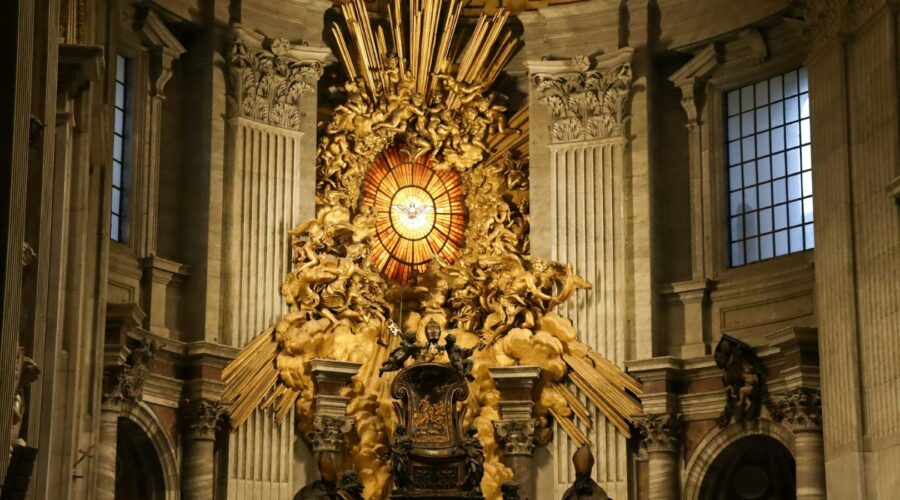Your cart is currently empty!
Unveiling the Byzantine Catholic Tradition: A Journey into Eastern Christianity

Introduction
Embark on a fascinating exploration of the Byzantine Catholic Church, a unique branch of Christianity that bridges the East and West. With its rich history, vibrant liturgy, and diverse traditions, the Byzantine Catholic Church offers a captivating glimpse into the world of Eastern Christianity.
History of the Byzantine Catholic Church
Origins in the Byzantine Empire
The Byzantine Catholic Church traces its roots to the Byzantine Empire, a powerful Eastern Roman Empire that flourished from the 4th to the 15th centuries. During this period, the Eastern Christian Church, centered in Constantinople, developed distinct liturgical and theological practices.
Great Schism of 1054
In 1054, the Great Schism divided the Eastern and Western Christian Churches, with the Byzantine Church aligning with the East. However, some Byzantine Christian communities in Central and Eastern Europe remained loyal to the Pope of Rome.
Union of Brest-Litovsk (1596)
In 1596, the Union of Brest-Litovsk reunited a significant number of Orthodox Christians in Eastern Europe with the Catholic Church. These communities formed the core of the Byzantine Catholic Church, while retaining their Eastern liturgical traditions.
Liturgy and Worship
The Byzantine Catholic liturgy is a vibrant and immersive experience that transports worshippers into a realm of divine beauty. Central to the liturgy is the celebration of the Divine Liturgy, also known as the Holy Mass.
Divine Liturgy
The Divine Liturgy is a highly structured service that follows a specific order of prayers, hymns, and ritual actions. It is celebrated by a priest, assisted by a deacon and other liturgical ministers.
Iconography
Icons play an important role in Byzantine Catholic worship, serving as representations of Christ, the Virgin Mary, and the saints. Icons are venerated as sacred objects, and their presence in the church helps to create a sense of the divine.
Beliefs and Practices
Eastern Christian Tradition
The Byzantine Catholic Church is fully committed to the Eastern Christian tradition, maintaining its distinctive liturgy, theology, and spirituality. It recognizes the authority of the Pope of Rome but remains within the Eastern liturgical and theological framework.
Seven Sacraments
Like the Catholic Church, the Byzantine Catholic Church recognizes the seven sacraments instituted by Christ: Baptism, Confirmation, Eucharist, Penance, Anointing of the Sick, Holy Orders, and Matrimony.
Celibacy and Marriage
Byzantine Catholic priests and bishops live a celibate life, while deacons and other ordained ministers are permitted to marry. Marriage is considered a sacred union and is blessed by the Church.
Diversity within Unity
The Byzantine Catholic Church is a diverse community, with different jurisdictions and liturgical traditions. The largest concentration of Byzantine Catholics is found in Ukraine, followed by other countries in Eastern Europe, the United States, and Canada.
Ruthenian
The largest jurisdiction within the Byzantine Catholic Church is the Ruthenian Church, which serves Ukrainian and Eastern European communities in the United States and Canada.
Melkite
The Melkite Church is an Arabic-speaking jurisdiction that originated in the Middle East. It is found in various regions, including North America, South America, and the Middle East.
Other Jurisdictions
Other jurisdictions within the Byzantine Catholic Church include the Slovak, Romanian, and Hungarian Churches, representing communities from their respective countries.
Conclusion
The Byzantine Catholic Church is a vibrant and multifaceted branch of Christianity that combines the richness of Eastern Christian tradition with the unity of the Catholic Church. Its liturgy, beliefs, and practices offer a unique and profound spiritual experience, inviting both Catholics and Eastern Christians to appreciate the beauty of Christianity’s diverse expressions.